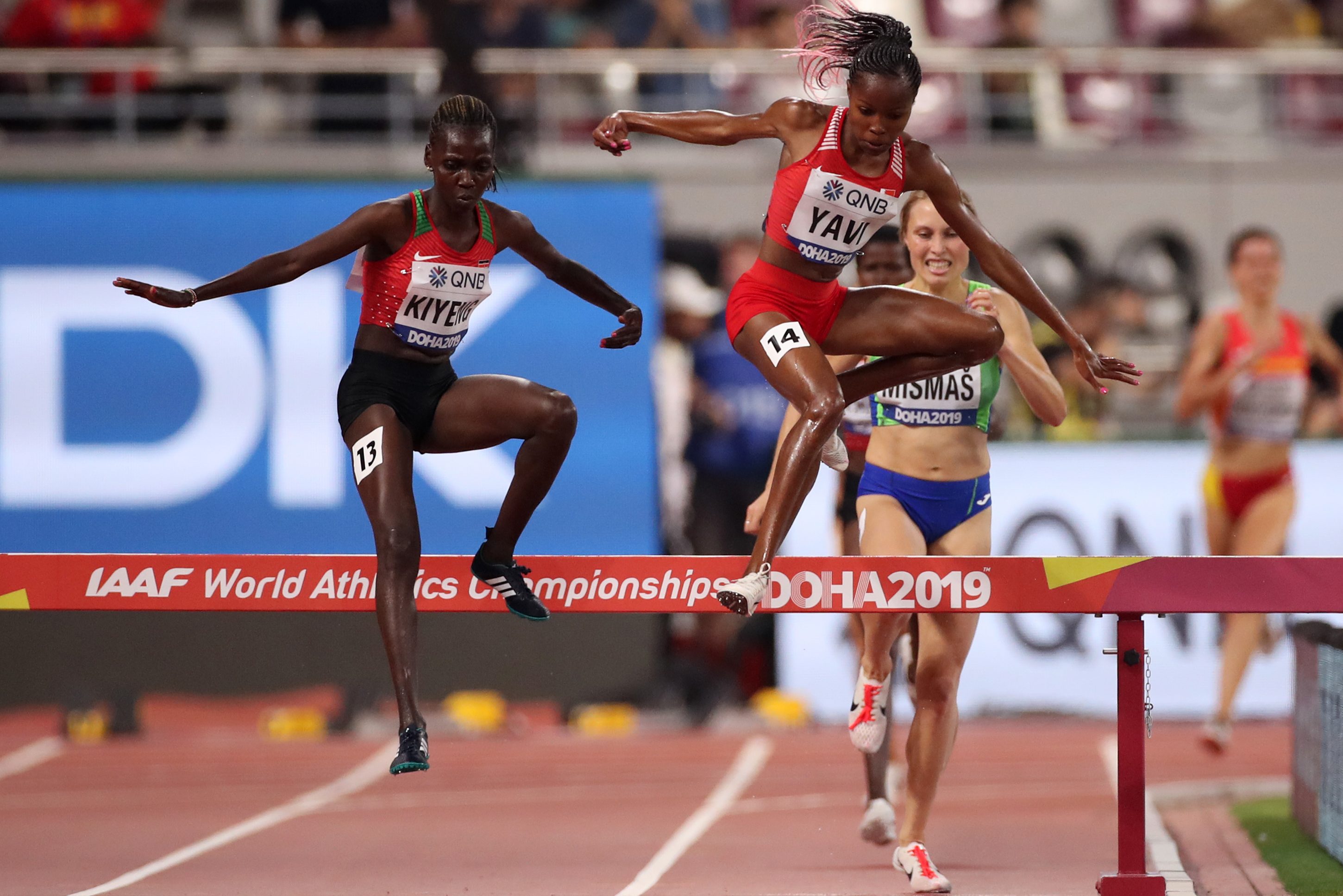Endurance events such the 17th International Association of Athletics Federation (IAAF) World Championships already tax the human physique to a high degree. But, the extreme warm temperatures forecast for the event from Sept. 27 to Oct. 6, in Doha, Qatar, can become dangerous for athletes.
One of these dangers — exertional heat stroke — can even be fatal if not treated correctly.
A team of emergency responders, including researchers from UConn’s Korey Stringer Institute (KSI), recently tapped into their treatment toolkit to ensure athlete safety during the Falmouth Road Race in August.
Their practices can be applied to this week’s test of endurance. To that end, researchers shared the latest science on exertional heat stroke in two articles published this week, says Douglas Casa, UConn kinesiology professor and chief operating office of KSI.
The pieces, including one in Frontiers in Sports and Active Living, focus on how to respond to the unique performance and medical issues that may happen during the IAAF World Championships.
“These publications highlight the incredible issues to consider when humans attempt to provide maximal effort during the most oppressive of environmental conditions. We hope that our efforts help medical staff be better prepared for potential emergencies and to assist athletes to perform safely at their best in the hot and humid conditions,” says Casa.
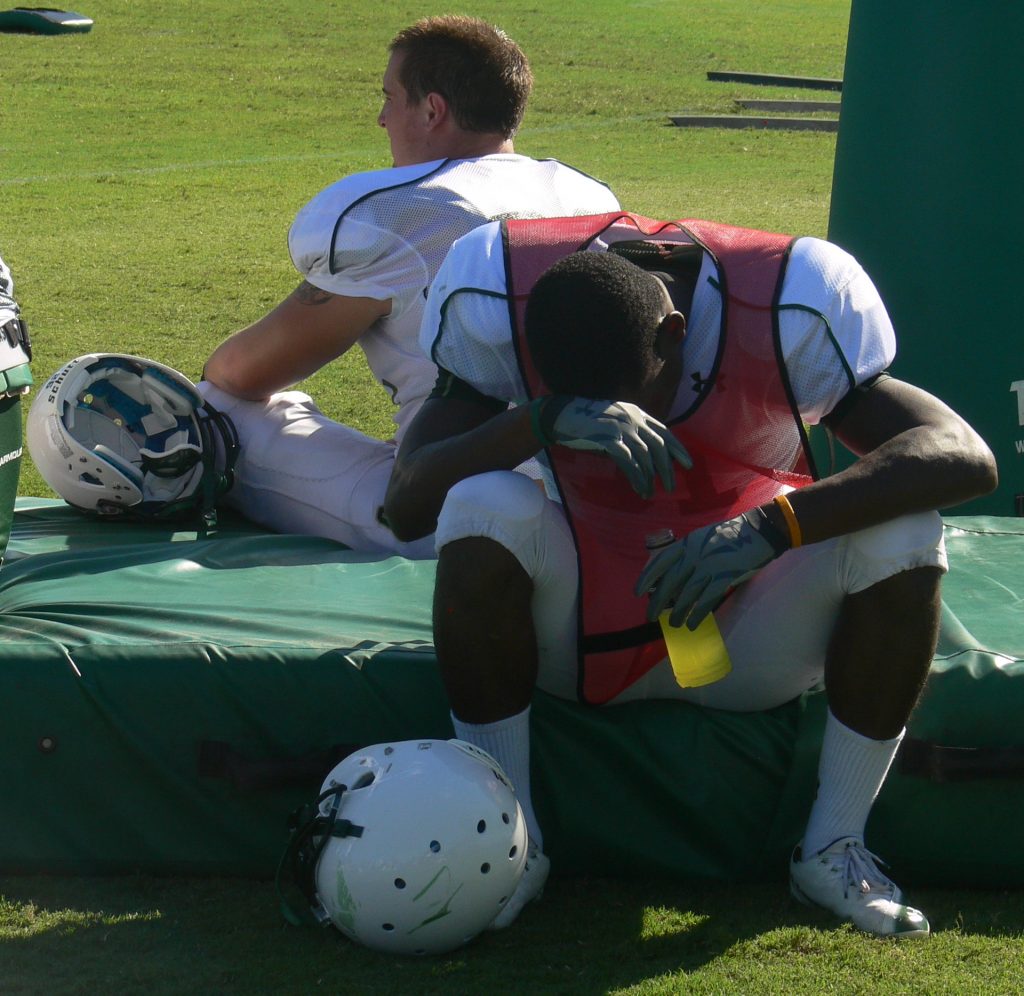
The researchers recommend that athletes train in conditions similar to those expected at the time of competition. This will give the athletes’ bodies a chance to acclimatize prior to the event, and it is suggested training happens preferably for at least two weeks prior to competing, for around 60-90 minutes per heated training session. Heated training sessions should be carefully monitored to ensure substantial and repeated core temperature increases to speed up the acclimatization process.
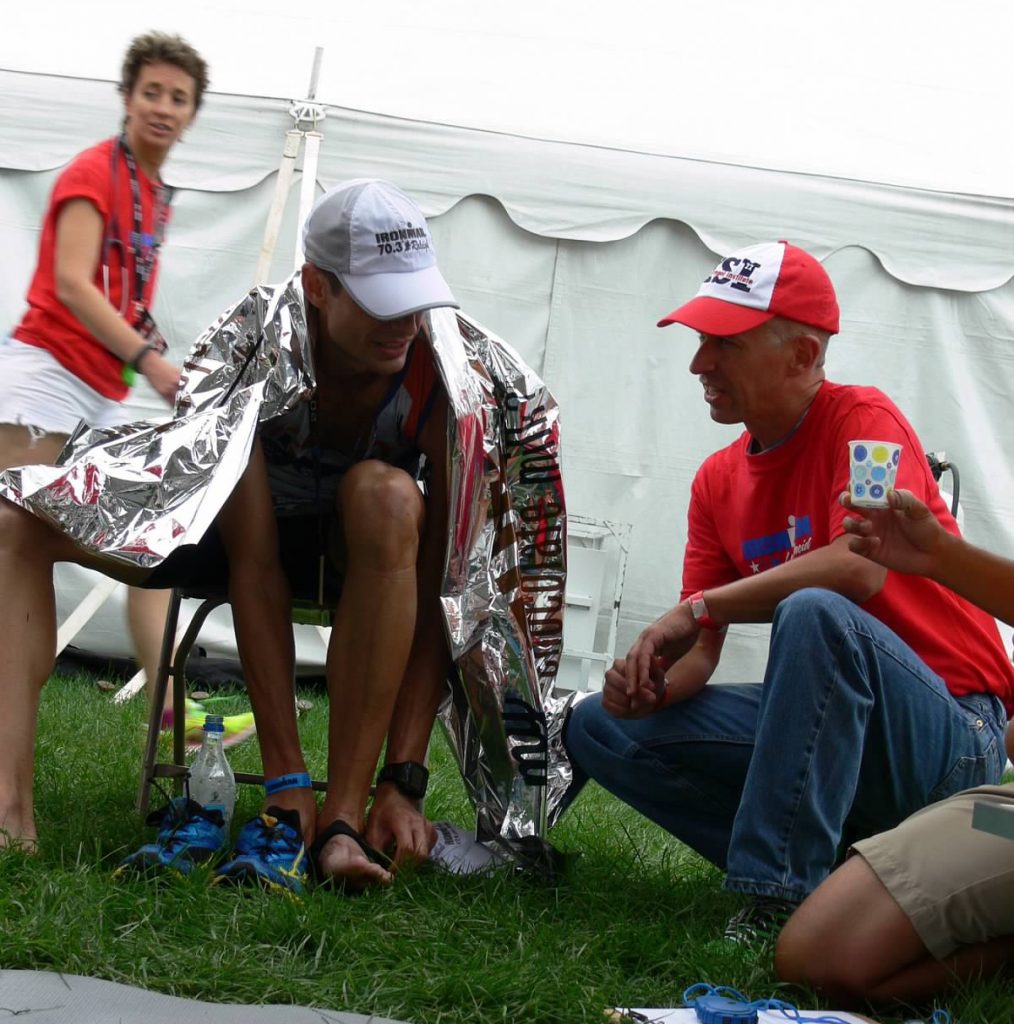
Adequate hydration is vital to ensure the body can perform and cool optimally. Hydration is also necessary for a successful recovery process. The researchers advise having a drinking strategy in place including planned times, drinking to thirst, and potentially supplementing with electrolytes, if needed. The plan should ensure that no more than 2-3% of body mass is lost during activities as sweat. To be sure, weight should be taken during the heated training sessions to monitor the effectiveness of the drinking strategy.
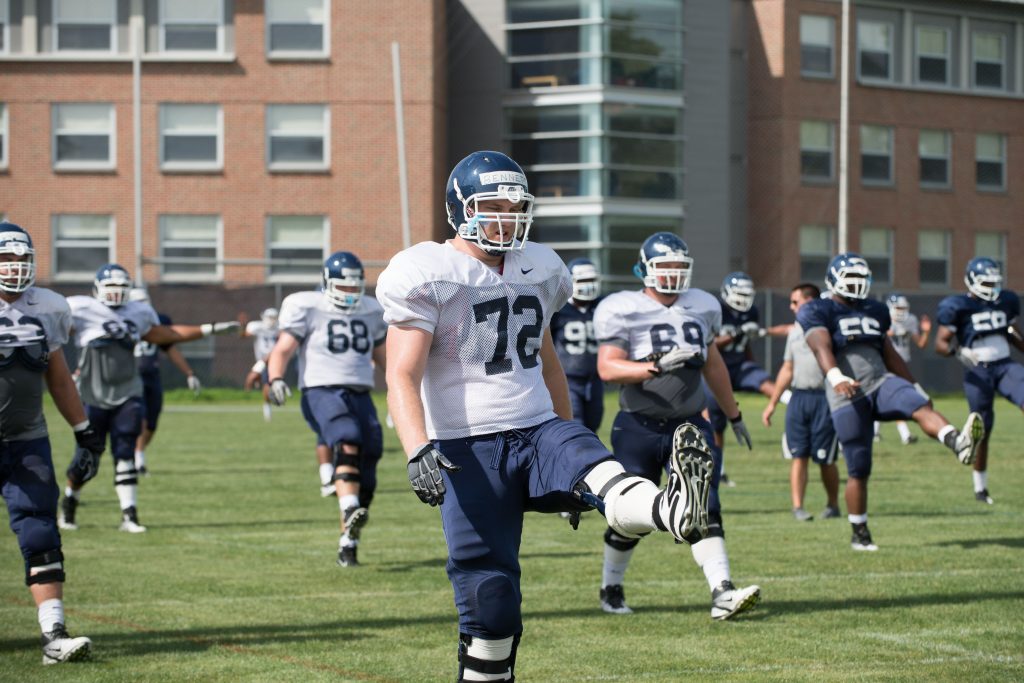
Warming up before exercise has several benefits, from setting a good positive outlook on the activity to getting the body ready for activity. However, if the activity will be taking place in hot temperatures, the warm up should be tailored to the situation. The researchers recommend warming up in the shade or modifying intensity to be sure the body is not warmed too much prior to intense exercise.
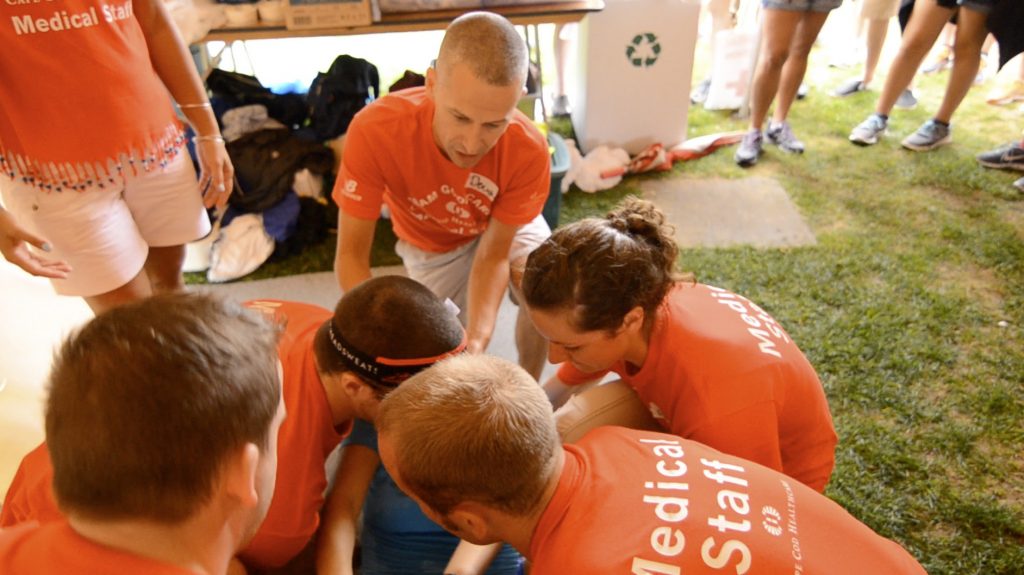
Another strategy is pre-cooling, which has been shown to lower thermal strain on the body. Pre-cooling can be accomplished with cold water immersion, eating ice slurries, drinking cold beverages, or using a cold vest.
These same cooling strategies can also be applied during the event and have immediate impact on performance.
Which cooling method is best for a particular situation depends on a number of factors including feasibility but also humidity. In humid conditions where sweat will evaporate less readily, drinking very cold fluids is a recommended step to take. In more arid conditions where sweat evaporates quickly, dousing with cool water will increase evaporative cooling from the body more readily.
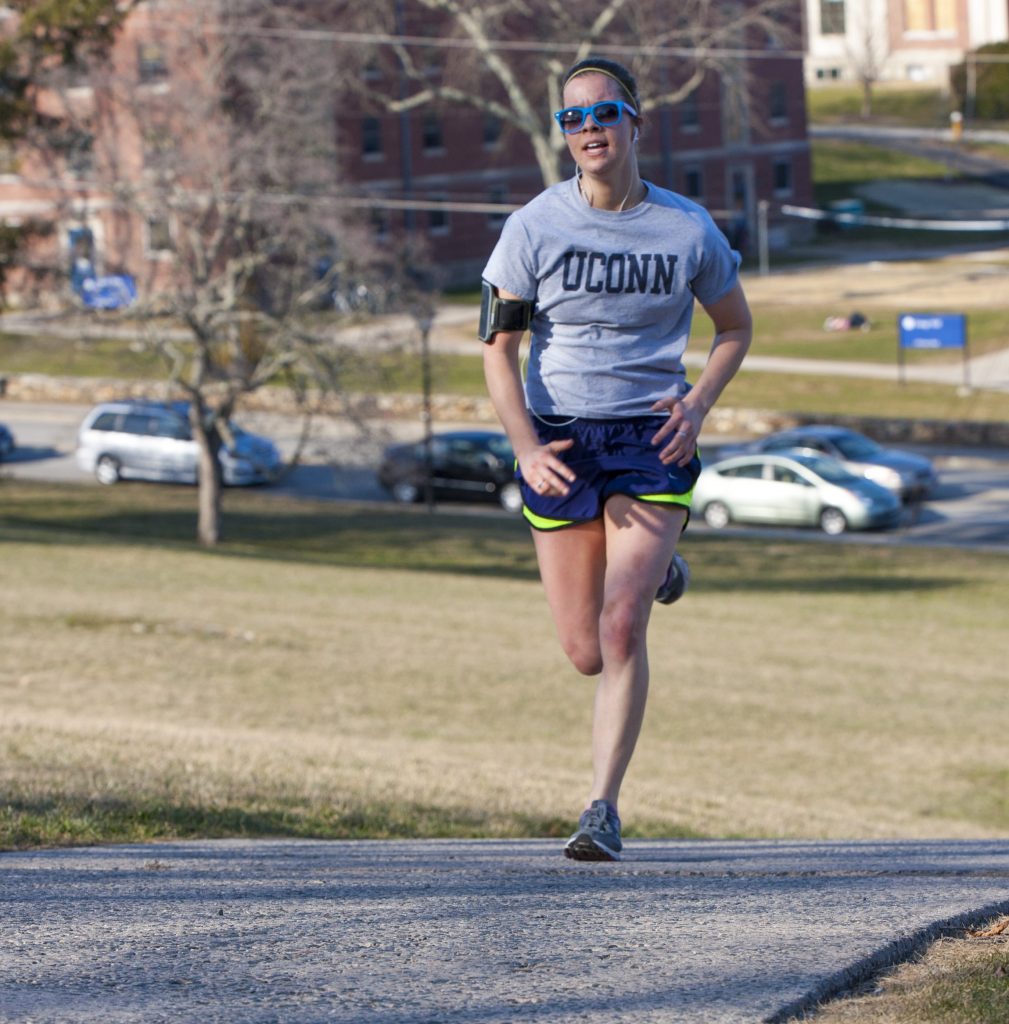
The researchers remind as always, when in the sun it is important to protect eyes by wearing sunglasses and to protect the skin with sunscreen. Wearing light colored clothing can also help minimize the skin’s exposure to the sun without absorbing as much heat as dark colored clothing.

A runner is treated for exertional heat stroke with ice water immersion at the Falmouth Road race and has her temperature, pulse and blood pressure monitored
Exertional heat stroke (EHS) is serious and potentially deadly. It happens when body temperatures exceed 105°F (40.5°C or higher). Quick diagnosis and immediate action must be taken to bring internal body temperature down to avoid long-term effects or death.
Besides a temperature of 105°F, signs of EHS include but are not limited to dizziness, irrational behavior, confusion, aggressiveness, and vomiting. Quick action is a matter of life and death.
Research has proven the best method to rapidly reduce dangerously high core temperature is by cold water immersion (CWI). Simply setting up a CWI tank at events is therefore highly recommended by the researchers.
A successful CWI tank should be consistently stirred during cooling, a drape should be available to cover exposed skin above surface, a rectal thermometer should be used to monitor body temperature, and water in the CWI tank should be maintained in the 50-50°F (10-15°C) range.
